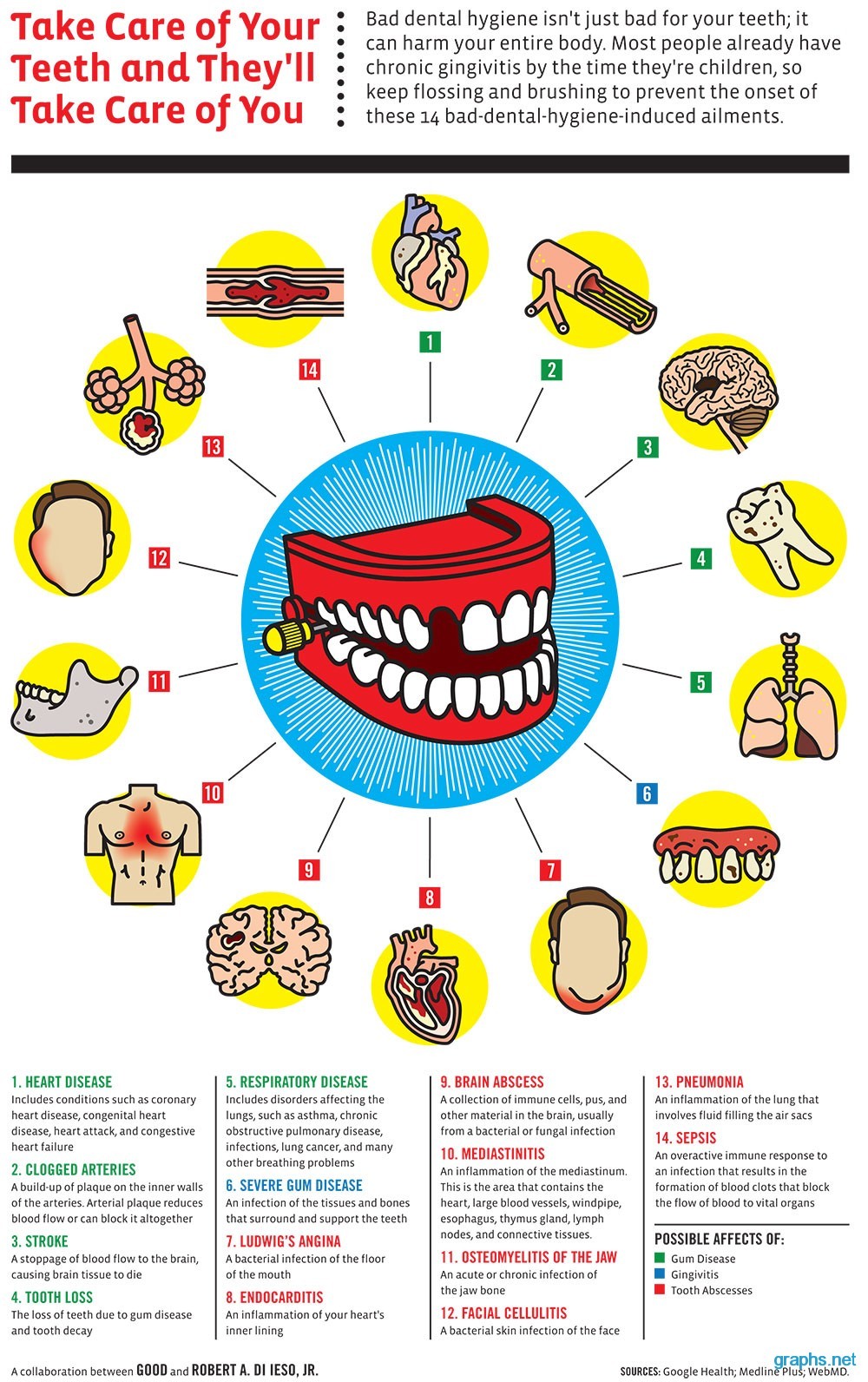The Horizon Of Oral Surgery: Revolutionary Innovations And Enhancements Forming The Profession
The Horizon Of Oral Surgery: Revolutionary Innovations And Enhancements Forming The Profession
Blog Article
Material Composed By-Reeves Hessellund
Welcome to the globe of dental surgery, where advancements and advances are forming the future of the field! In this interesting realm, you'll witness the transformative power of robotics, the advanced wonder of 3D printing, and the game-changing influence of minimally invasive methods.
The future of oral surgery holds an assurance of precision, efficiency, and improved individual results. With the help of sophisticated robotics, surgeons are able to do complex treatments with higher accuracy and control.
3D printing technology is transforming the production of oral implants and prosthetics, offering customized options that fit perfectly into each client's distinct composition.
In addition, minimally invasive methods are reducing post-operative discomfort and recovery time, allowing patients to return to their every day lives earlier.
Get ready to check out the exciting innovations and breakthroughs that are improving the landscape of oral surgery!
Improvements in Robotics
One significant improvement in oral surgery is the use of robot technology, which enables precise and reliable procedures. With the help of robotic systems, oral doctors have the capability to do complex surgical procedures with boosted accuracy, lessening the threat of human mistake.
These robot systems are equipped with innovative imaging technology and precise instruments that enable surgeons to navigate via complex physiological frameworks easily. By making browse around this web-site of robotic technology, cosmetic surgeons can achieve better surgical accuracy, causing improved patient outcomes and faster recuperation times.
On top of that, making use of robotics in dental surgery permits minimally intrusive procedures, decreasing the trauma to bordering tissues and advertising faster healing.
3D Printing in Dental Surgery
To boost the area of dental surgery, you can discover the subtopic of 3D printing in oral surgery. https://healthnews.com/medicare/coverage/does-medicare-cover-dental-implants/ has the possible to revolutionize the way oral surgeons operate and deal with individuals. Right here are 4 crucial methods which 3D printing is forming the field:
- ** Customized Surgical Guides **: 3D printing enables the production of highly accurate and patient-specific medical overviews, boosting the accuracy and effectiveness of treatments.
- ** Implant Prosthetics **: With 3D printing, dental doctors can produce tailored implant prosthetics that completely fit a client's distinct anatomy, causing far better end results and person fulfillment.
- ** Bone Grafting **: 3D printing makes it possible for the production of patient-specific bone grafts, decreasing the requirement for standard grafting techniques and improving recovery and recovery time.
- ** Education and learning and Training **: 3D printing can be utilized to develop reasonable surgical models for instructional functions, enabling dental doctors to exercise complicated treatments before performing them on individuals.
With its prospective to boost accuracy, modification, and training, 3D printing is an exciting development in the field of oral surgery.
Minimally Intrusive Techniques
To additionally advance the field of dental surgery, embrace the possibility of minimally invasive techniques that can significantly profit both doctors and patients alike.
Minimally intrusive techniques are revolutionizing the area by lowering medical trauma, lessening post-operative discomfort, and increasing the healing procedure. https://johnathanojdxr.blog-ezine.com/33131485/how-much-time-do-dental-implants-last-aspects-that-impact-longevity include making use of smaller incisions and specialized instruments to carry out treatments with precision and performance.
By using advanced imaging modern technology, such as cone beam computed tomography (CBCT), specialists can properly prepare and implement surgeries with very little invasiveness.
Furthermore, the use of lasers in dental surgery allows for precise cells cutting and coagulation, resulting in lessened bleeding and minimized healing time.
With minimally intrusive strategies, patients can experience much faster recovery, minimized scarring, and boosted results, making it an essential aspect of the future of oral surgery.
Verdict
So, as you can see, the future of oral surgery is exceptionally promising, with interesting innovations and advancements forming the field.
From the improvements in robotics to making use of 3D printing and minimally invasive strategies, oral surgeons are transforming the means they give treatment.
While some may stress over the possible cost connected with these improvements, it is very important to keep in mind that these innovations ultimately enhance individual end results and lower recovery time, making them well worth the financial investment over time.
